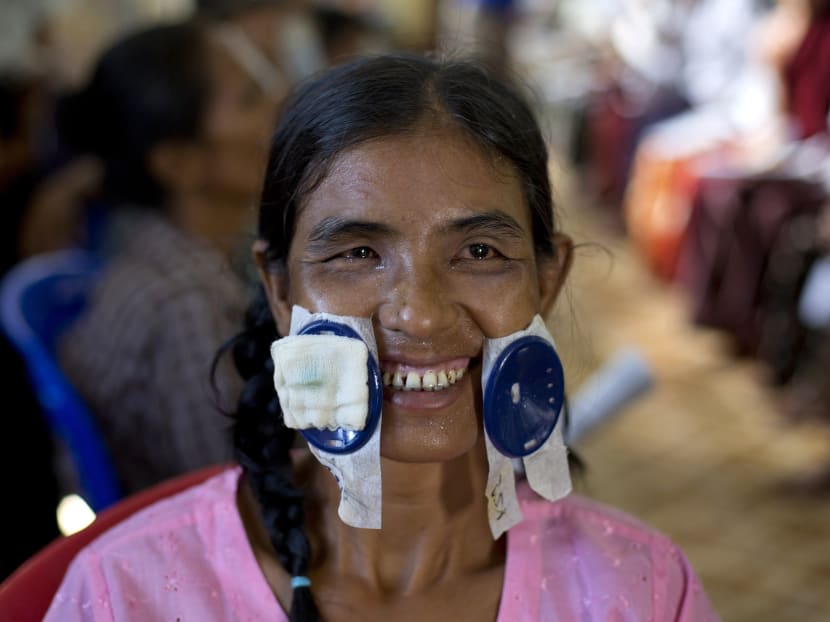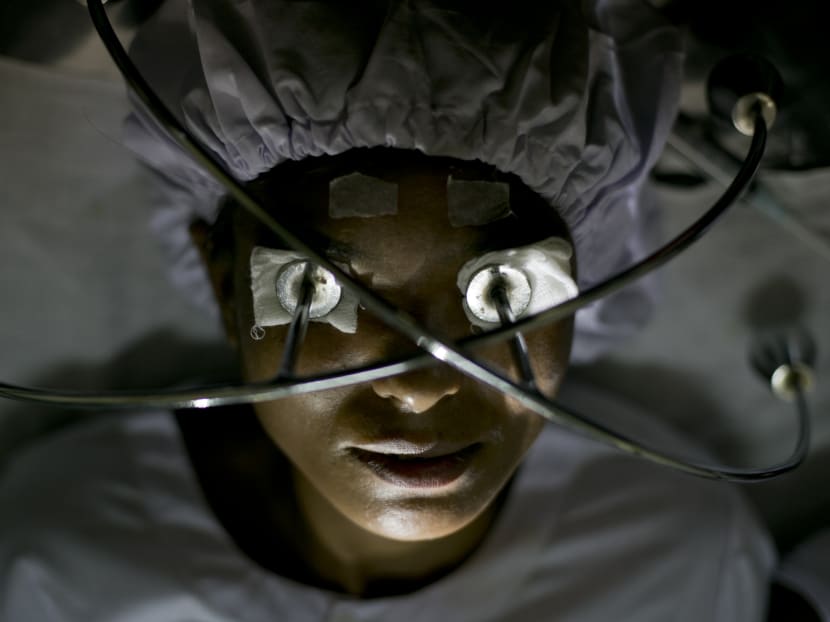Veil of darkness lifts for Myanmar’s blind
YANGON — Five decades of isolation, military rule and woeful health care have left Myanmar with one of the highest rates of blindness in the world. Now the veil of darkness is starting to lift, thanks to an “assembly line” surgical procedure that allows cataracts to be removed safely, without stitches, through two small incisions.



YANGON — Five decades of isolation, military rule and woeful health care have left Myanmar with one of the highest rates of blindness in the world. Now the veil of darkness is starting to lift, thanks to an “assembly line” surgical procedure that allows cataracts to be removed safely, without stitches, through two small incisions.
Doctors say it is easy, cheap and fast — taking as little as five minutes.
In just 10 days, Dr Sandut Ruit, the Nepalese surgeon who pioneered the technique, and his team performed nearly 1,300 operations at two massive eye camps as dozens of local ophthalmologists looked on.
Despite improvements over the last 20 years, the vast majority still use a microincision surgical technique that requires two sutures.
“This is a turning point in our cataract history,” said Dr Tin Win, the chief of Yangon Eye Hospital, adding that his goal is to have all 60 eye centres in the country of 60 million using the efficient, no-stitch technique by the end of next year.
He said he will brief doctors and hand out training manuals and videos during nationwide eye conference in early November.
“If we succeed, we can double our cataract surgical rate,” he said, noting that at around 1,600 surgeries per million people per year, it’s about half what it should be. “We can start getting rid of our cataract backlog.”
Myanmar has one of the highest blindness rates in the world, peaking at 10 per cent in rural areas, according to the Fred Hollows Foundation, an Australian-based non-profit aid organisation that helped fund this month’s operations.
In more than half the cases, cataracts are the cause. AP






